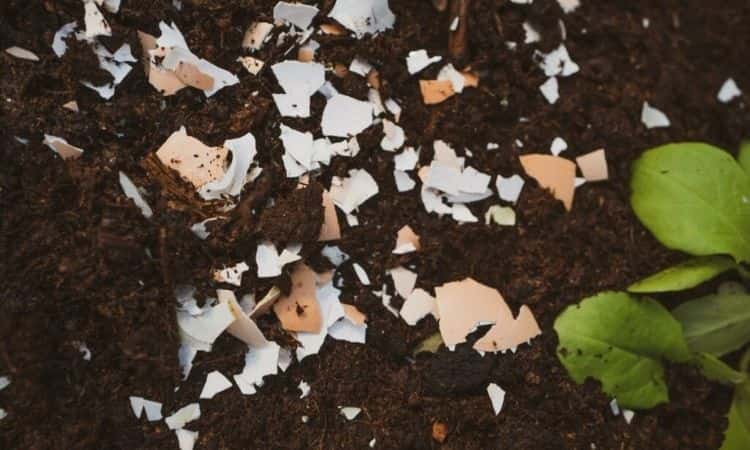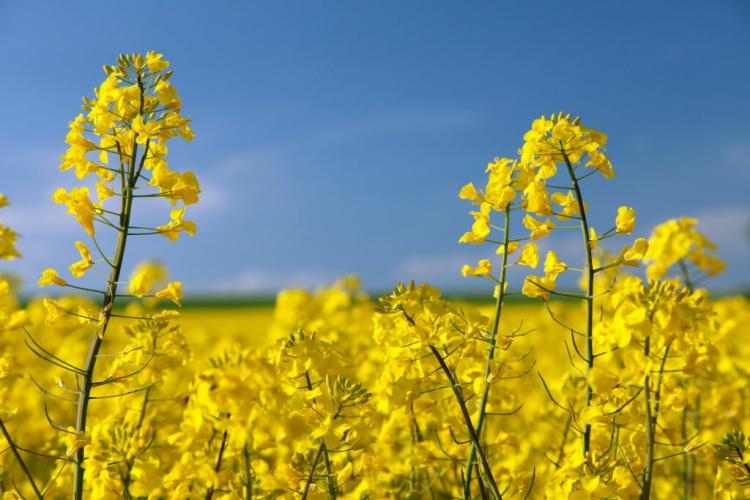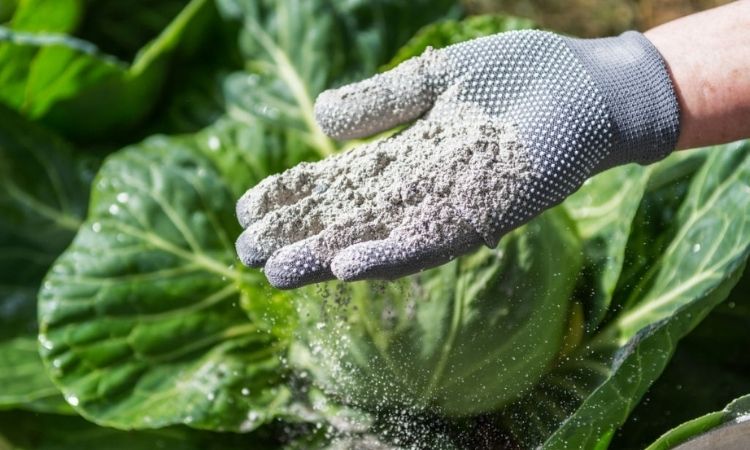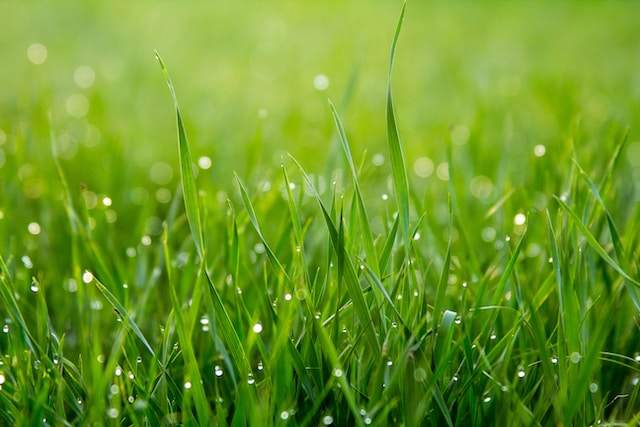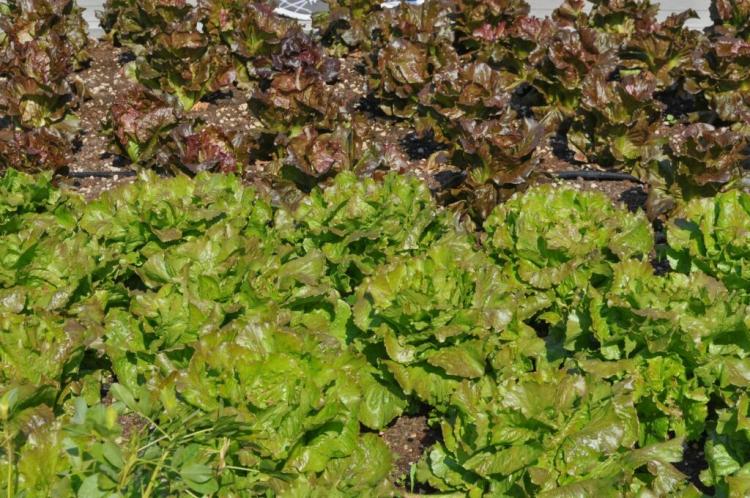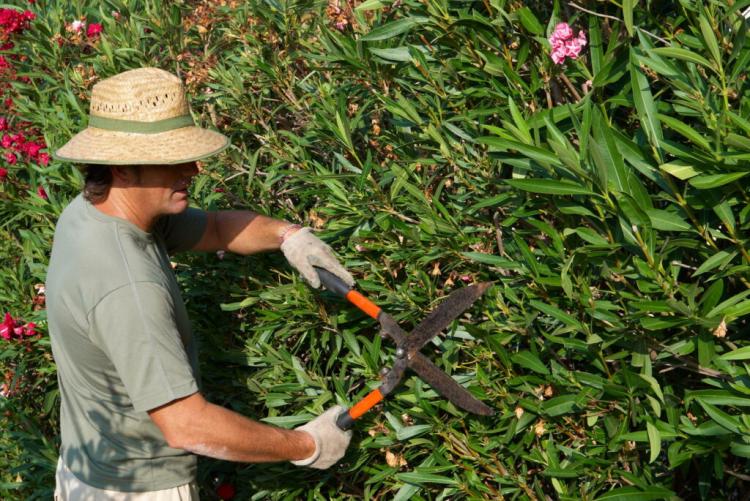Fertilizing Thuja: Care Tips For The Tree Of Life
The evergreen thuja hedges are fairly easy to care for as long as they have enough nutrients. We show when, how, and with what to fertilize the tree of life.
Thuja (Thuja), also known as arborvitae, like yews ( Taxus ) belong to the cypress family (Cupressaceae). The conifers with the scale leaves are robust, evergreen, and quite undemanding. This makes them welcome guests in USA gardens, where they act as a hedge for year-round privacy. But just planted as a hedge, the roots quickly fight over the nutrients in the soil in the narrow space. Adequate fertilization is therefore extremely important. Otherwise, only the strongest plants will prevail and unsightly gaps will appear in your green leaf wall.
Thujas are very popular as a hedge plant because they offer everything that makes a good botanical privacy screen. They quickly form opaque walls of leaves all year round and are wonderfully hardy with us. At least they offer these advantages if they have an adapted selection of high-quality nutrients available. Otherwise, even the most robust thuja cannot use its potential. In order for your thuja hedge to shine in lush green, it is important to know when a thuja needs to be fertilized, how often it is fertilized, and which fertilizer is best.
The Best Time To Fertilize Thuja
Table of Contents
If you plant your thuja on rather poor, sandy soil or if bare-root specimens are being planted, proper plant fertilization should of course not be missing. For this, compost is mixed in with the garden soil. An additional load of rock flour not only provides important trace elements, but also lime. In the case of container goods, however, plant fertilization is not necessary, as the soil in the pot already contains long-term fertilizers. After planting, fertilization is applied for the first time after four weeks at the earliest.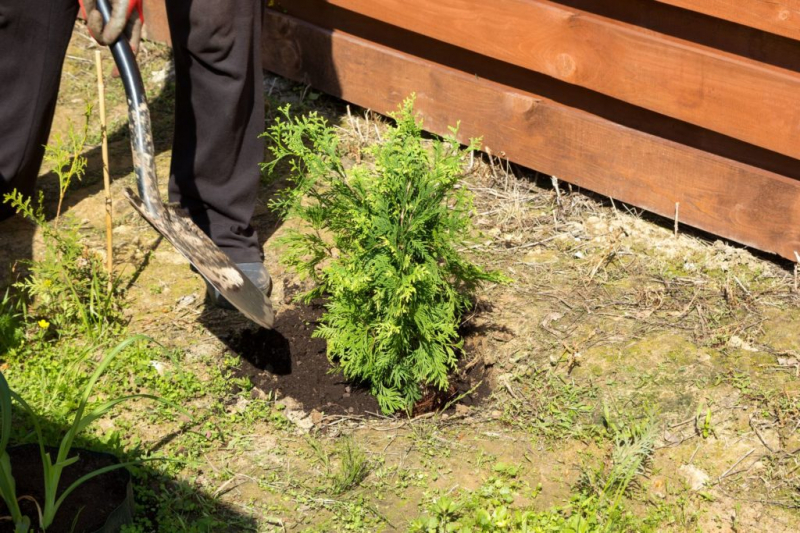
Plant fertilization should not be missing, especially in poor soil
The maintenance fertilization of your thuja takes place between spring and mid-July. If you use a slow-release fertilizer, single fertilization in March / April is sufficient. After that, fertilizer should only be fertilized with very little or no nitrogen. Otherwise, the shoot growth is promoted for too long. The new shoots then no longer have time to mature before the first frost and are defenselessly exposed to the icy winter temperatures. With a magnesium fertilizer, however, you should fertilize especially in July. Magnesium is important for the green leaf pigment, chlorophyll. In this way, you support a year-round green and stimulate photosynthesis. Finally, at the end of August, the last fertilization of the year follows. During autumn fertilization, the plants are given an extra portion of potassium. This helps harden the shoots that have grown hard over the year. So you can count on less frost damage in spring.
Fertilize Thuja On Brown Shoots?
Often thuyas turn brown to a greater or lesser extent before winter. This does the plant prepare for freezing sub-zero temperatures. A brown color does not always have to be the harbinger of an incoming plant. However, the brown shoots can also be the result of insufficient nutrient availability, over-fertilization, road salt, lack of water, or sunburn. So fertilize your thuja with a mineral fertilizer if there is a lack of nutrients. This quickly supplies the plants with the nutrients they lack. In this case, magnesium is usually missing. This is needed for the formation of the green color pigments. However, attention should be paid to the correct dosage even with emergency fertilization. More is not always better. Instead of initiating the recovery of the plant, it only becomes browner because of overfertilization.
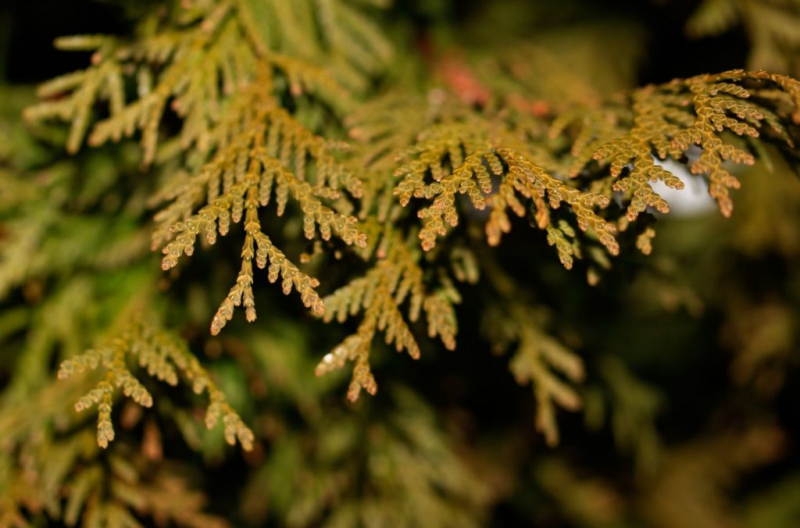
If the leaves turn brown, this can be an indication of a nutrient deficiency
Fertilizer For Thuja: How And With What Fertilizer?
Special coniferous fertilizers are particularly suitable for supplying your thuja. This is perfectly adapted to the requirements of these evergreen conifers. The fertilizer offers nitrogen, potassium, phosphate, lime, magnesium, iron, and the trace elements copper, manganese, molybdenum, and zinc. However, you can also use another universal fertilizer for green plants. Just make sure that you pay attention to an additional supply of the mentioned minerals and trace elements, especially in sandy soil. It is best to use a primarily organic fertilizer. Due to its long-term effect, this only needs to be applied once a year. Our organic universal fertilizer offers this long-term effect, as it is mainly made from organic components in organic quality. This saves resources during production because mineral fertilizers have to be processed in a complex manner. But there are also advantages in terms of application:
- The soil life is promoted
- The risk of over-fertilization is minimized
- Less fertilizer gets into the groundwater through a washout
If the soil pH value is below the comfort zone of 6 to 8, you should also apply lime.
Fertilizing Thuja: Instructions
Of course, it’s not just about choosing the right fertilizer. Dosage and application should also be carefully considered. In order for fertilization to be a complete success, we have a small set of instructions for organic universal fertilizer ready for you:
- Before planting, work 100 – 150 g / m² (well-filled 0.2-liter jar) of organic universal fertilizer into the upper soil layer
- Pour the soil and freshly used thuja well so that the granules can dissolve well
- With maintenance fertilization in spring, you should fertilize another 80 – 120 g / m² (0.2-liter jar) per plant
In general, note that the fertilization requirement for thuja hedges is higher than for solitary plants because the latter have more space in the root area. If planted closely, there will be competition among the roots, but also with other surrounding plants, because thuja has a rather poorly developed root system and are accordingly weakly competitive. A slightly higher amount of fertilizer prevents such feed envy among your plants.
Fertilize thuja hedges with minerals
If the dosage is right, you can also provide your thuja hedge with mineral fertilizer. Organic fertilizer is given once a year in spring with plenty of water. About 50 grams per square meter are applied here. In particular, the magnesium it contains is a plus for your thuja hedge. If you want to reduce the risk of over-fertilization and keep the nutrient availability more balanced, it is best to distribute the application of mineral fertilizers over the vegetation phase. It is fertilized two to three times in small doses between spring and mid-June. But even better – as it can only be used once a year and is much more environmentally friendly – is to use an organic fertilizer variant.
In autumn, fertilizing with a potassium fertilizer such as patent potash ensures that the shoots that have formed over the year harden. At the end of August, give around 40 grams per square meter to prepare your thuja hedge for the frosty temperatures. The magnesium contained provides an additional strengthening of your evergreen shrub.
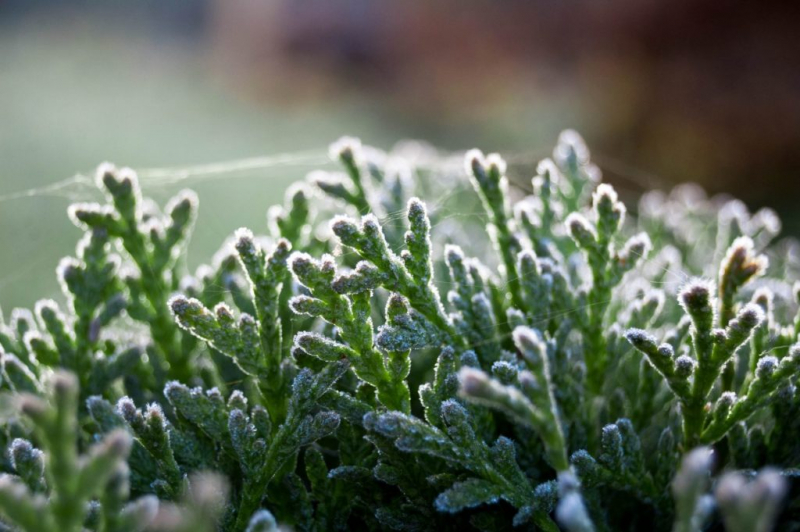
Potassium fertilization in autumn makes the thuja fit for winter
Fertilize thuja hedges with Epsom salt
When properly cared for, thuja waits all year round with opaque, green foliage. This is nice to look at, but it also costs the plant more energy than if it simply shed its leaves. A particularly large amount of energy is required to build up chlorophyll. The leaf pigments not only ensure the green color. They are also essential for photosynthesis to function. Above all, plants need magnesium to build up chlorophyll. That is why it is advisable to give a magnesium fertilizer to evergreen plants such as thuja in summer when photosynthesis is in full swing.
Epsom salt offers the mineral variant to supply your thuja with this nutrient. The nitrogen-magnesium fertilizer ensures lush greenery and makes the plant as a whole more resistant to adverse weather conditions and diseases. Depending on the nature of the soil and the amount of magnesium it already contains, around 15 to 30 grams per square meter are given. The more barren and lighter the soil, the more you should apply. Also, make sure that Epsom salt lowers the soil pH works. If this falls below a value of 6, it can be increased again by adding lime.

